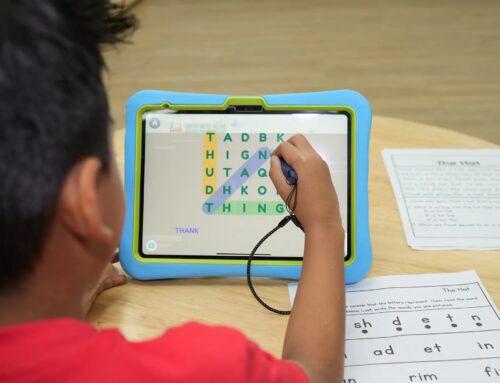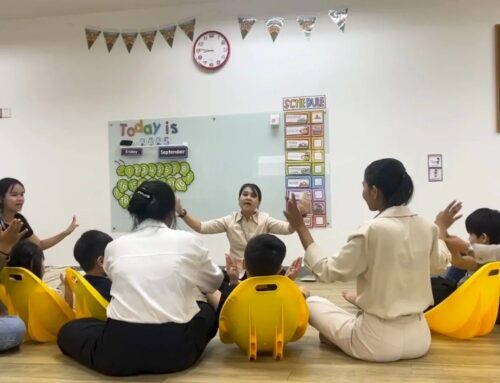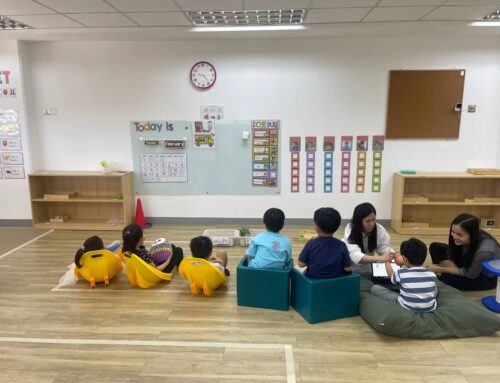When exploring therapy options for children with autism or developmental differences, families may come across DIR/Floortime, ESDM, ABA, and SCERTS. Each approach has its own philosophy, methods, and evidence base. Understanding these models makes it easier to decide which one aligns best with your child’s needs and your family’s values.
Here is an explanation of DIR/Floortime, ESDM, ABA, and SCERTS, and how each can help your child grow in communication, learning, and social development. At OrbRom Center, we create individualized plans that carefully combine the right elements from these approaches to maximize outcomes.
DIR/Floortime
Focus: Emotional connection, social reciprocity, and developmental milestones.
-
Child-led sessions: therapists follow the child’s interests and build shared attention.
-
Emphasizes play, relationships, and emotional growth.
-
Strong fit for children who need support with social-emotional engagement and flexible thinking.
Resource: Individualized Support is Key
Early Start Denver Model (ESDM)
Focus: Early intervention for toddlers and preschoolers (12–48 months).
-
Blends developmental and behavioral principles.
-
Uses natural routines, play, and positive reinforcement.
-
Evidence-based for improving communication, cognition, and adaptive skills.
-
Ideal for young learners in Phnom Penh who need structured but playful approaches.
See also: Importance of Early Intervention
Applied Behavior Analysis (ABA)
Focus: Behavior change through reinforcement and structured teaching.
-
Breaks skills into small, teachable steps.
-
Tracks data on progress systematically.
-
Strong evidence for teaching communication, daily living, and academic skills.
-
Criticism: can feel rigid if not adapted; OrbRom therapists apply modern ABA with emphasis on functional communication and natural environments.
Related read: Behavioral Therapy
SCERTS Model
Focus: Social Communication, Emotional Regulation, and Transactional Support.
-
Prioritizes communication and regulation before academics.
-
Builds skills in everyday activities across school and home settings.
-
Collaborative: involves parents, teachers, and therapists working together.
-
Best for children who need consistent support in emotional regulation and social participation.
See more: Inclusive Education Environment
How OrbRom Center helps Phnom Penh families
No single approach fits every child. That’s why we start with a full Developmental Assessment and then design an intervention plan tailored to strengths, challenges, and family goals. For some children, a hybrid—using Floortime for emotional connection, ABA for skill acquisition, and SCERTS for classroom participation—works best. For toddlers, ESDM often provides the right early boost.
For more guidance, explore:
For families in Phnom Penh, the choice isn’t always DIR/Floortime vs. ESDM vs. ABA vs. SCERTS. The most effective therapy is individualized, responsive, and sustainable for both the child and family. At OrbRom Center, we help parents navigate these models, offering structured yet flexible interventions that grow with each child.






